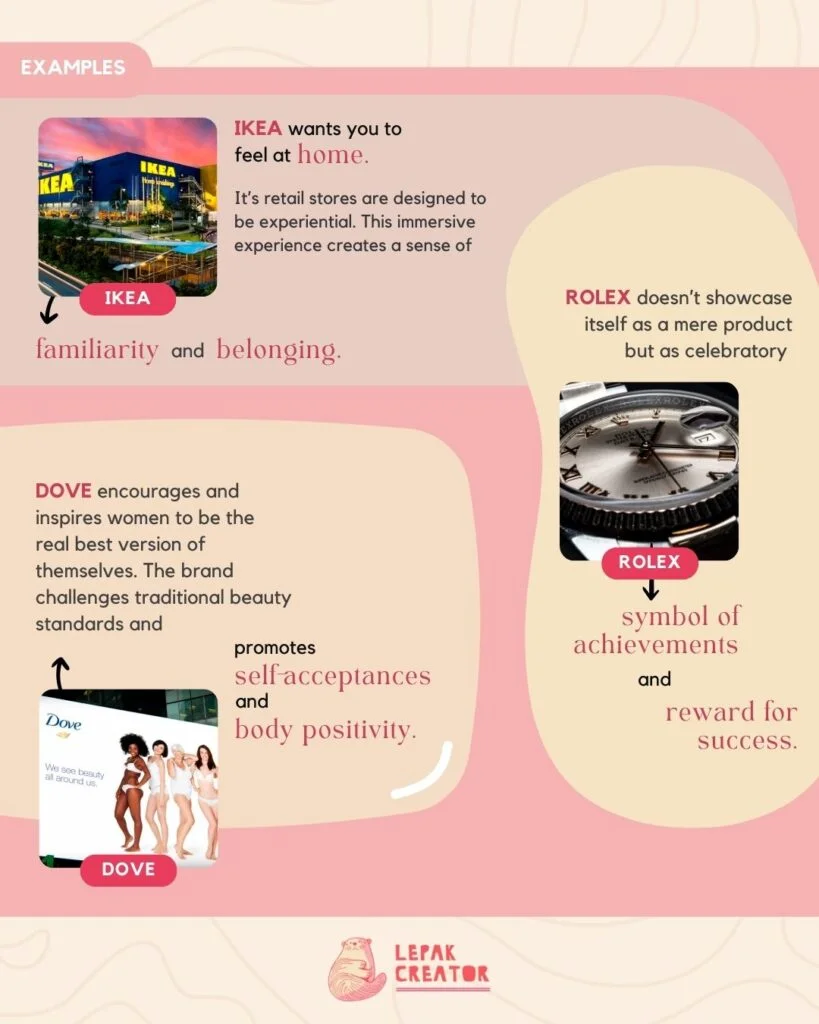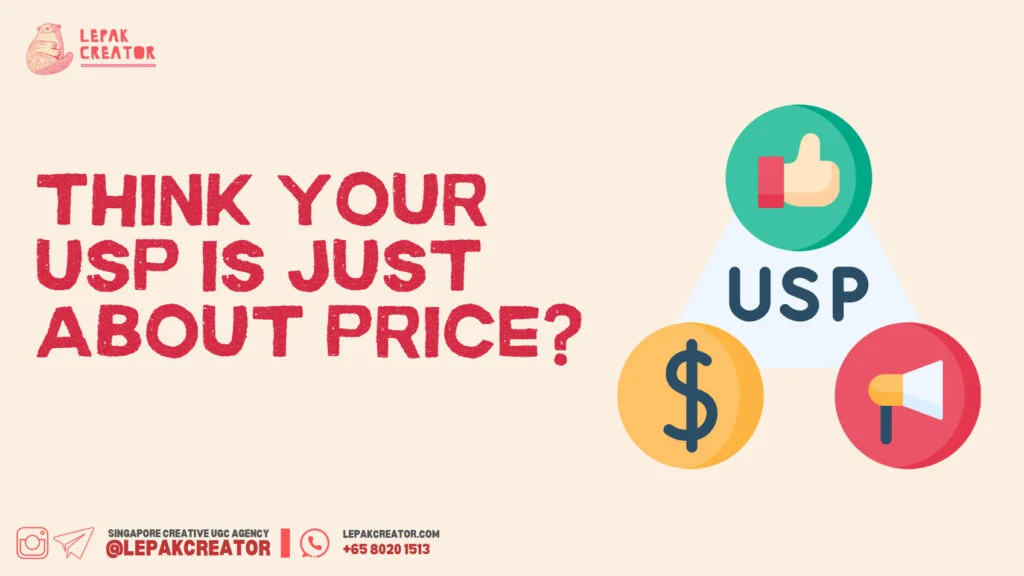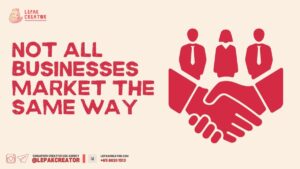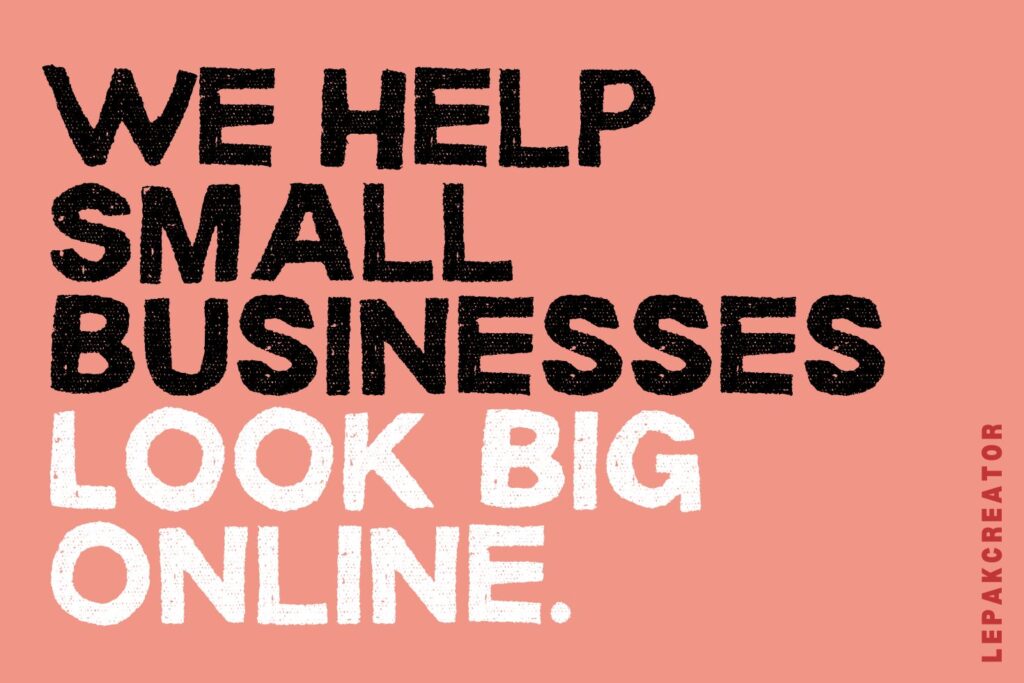Most businesses define their Unique Selling Proposition (USP) around what they sell, their ingredients, or their pricing. But the strongest USPs are built on emotions, transformation, and experiences. Here’s how you can uncover yours:
1. What Problem Do You Solve on a Deeper Level?
Think beyond the surface problem. Ask yourself:
- What frustrations or emotions do your customers face before coming to you?
- How does their life improve after using your product or service?
Example: A meal prep company isn’t just selling pre-packed meals. They’re solving stress, time scarcity, and health struggles for busy professionals.
2. What Makes Your Brand’s Experience Unique?
It’s not just about what you offer, but how customers feel interacting with your brand.
- Is your brand comforting, exciting, luxurious, nostalgic?
- How do customers talk about you when recommending your business?
Example: A gelato shop isn’t just about the flavors—it’s about the childhood nostalgia and joy in every bite.
3. Why Do You Do What You Do? (Your Brand’s Purpose & Values)
People connect with brands that stand for something.
- Why did you start your business?
- What personal beliefs or experiences shaped your brand?
Example: A handmade candle brand doesn’t just sell candles; they promote mindfulness, self-care, and slowing down in a fast-paced world.
4. What Transformation Do You Offer?
Your true USP isn’t what you sell—it’s the before-and-after effect you create.
- What identity shift do your customers experience?
- How do they feel when they use your product/service?
Example: A fitness coach doesn’t just offer workouts—they help clients transform their self-doubt into discipline and confidence.
How to Craft Your USP Statement
Step 1: Identify the problem you solve emotionally.
Step 2: Highlight the unique experience you create.
Step 3: Connect it to the transformation you provide.
Formula: “We help [customer type] who struggle with [deeper problem] by providing [unique experience] that leads to [emotional transformation].”
Example:
“We help busy entrepreneurs who struggle with stress and lack of time by providing thoughtfully crafted meal preps that bring ease, health, and balance to their daily lives.”
By defining their USP this way, your client won’t just compete on price or product—they’ll build a brand people truly connect with.
More Example:
Big Brands That Nail Their Deeper USP

IKEA
Obvious USP: “We sell affordable, well-designed furniture.”
Deeper USP: “We create a homey, comforting space where you truly feel at home.”
How? IKEA’s retail stores are experiential—you don’t just buy furniture, you immerse yourself in a home-like environment, fostering a sense of belonging and familiarity.
ROLEX
➡️ Obvious USP: “We make luxury Swiss watches.”
❤️ Deeper USP: “We represent success, legacy, and achievement.”
How? Rolex isn’t just a watch—it’s a symbol of status and reward for hard work. It appeals to those who want to celebrate their milestones and success.
DOVE
Obvious USP: “We make skincare and beauty products.”
Deeper USP: “We empower women to embrace their real beauty and self-confidence.”
How? Dove doesn’t just sell soap—it champions self-acceptance, body positivity, and breaking beauty stereotypes.
Since you’re here, why not explore the difference between Obvious and Deeper USPs:




